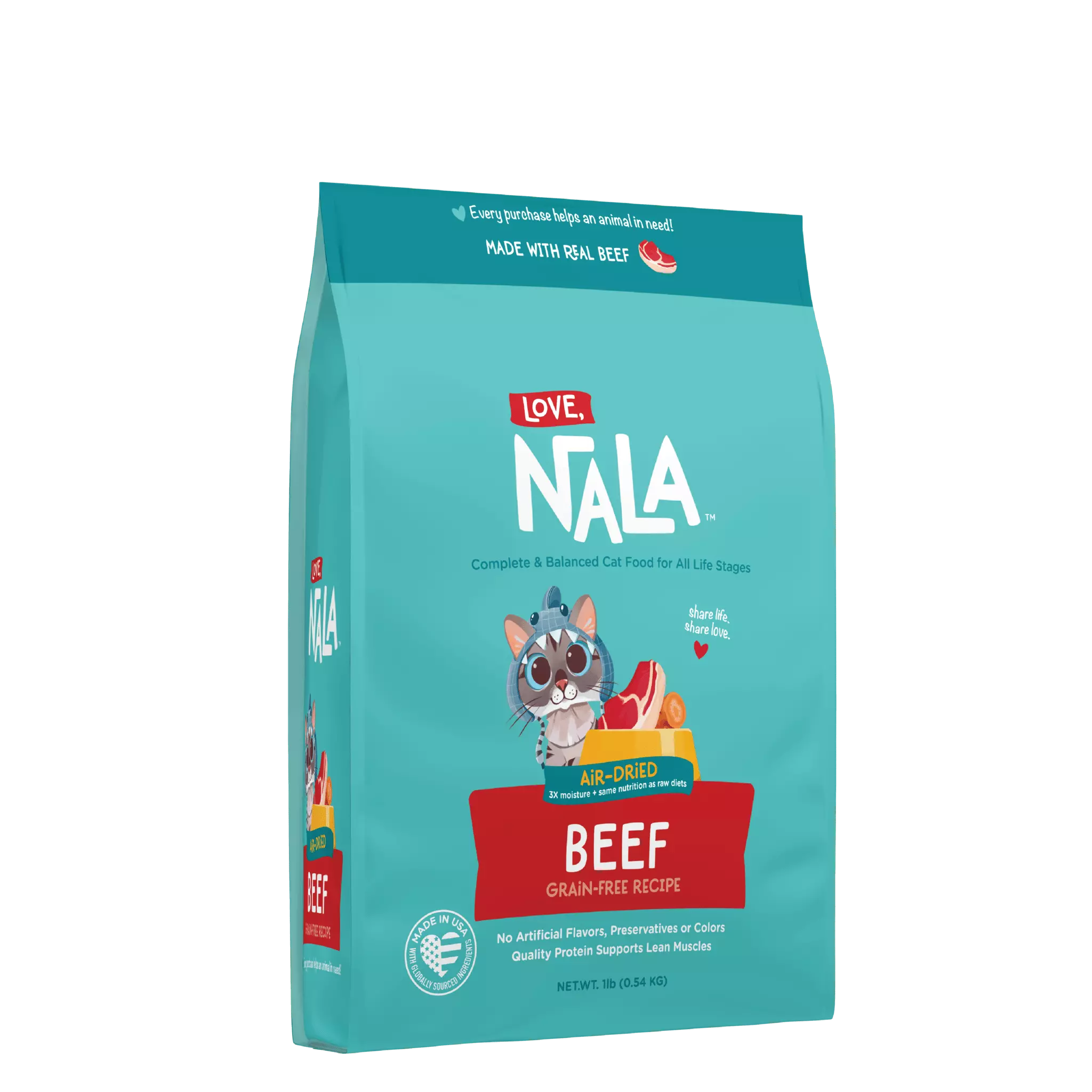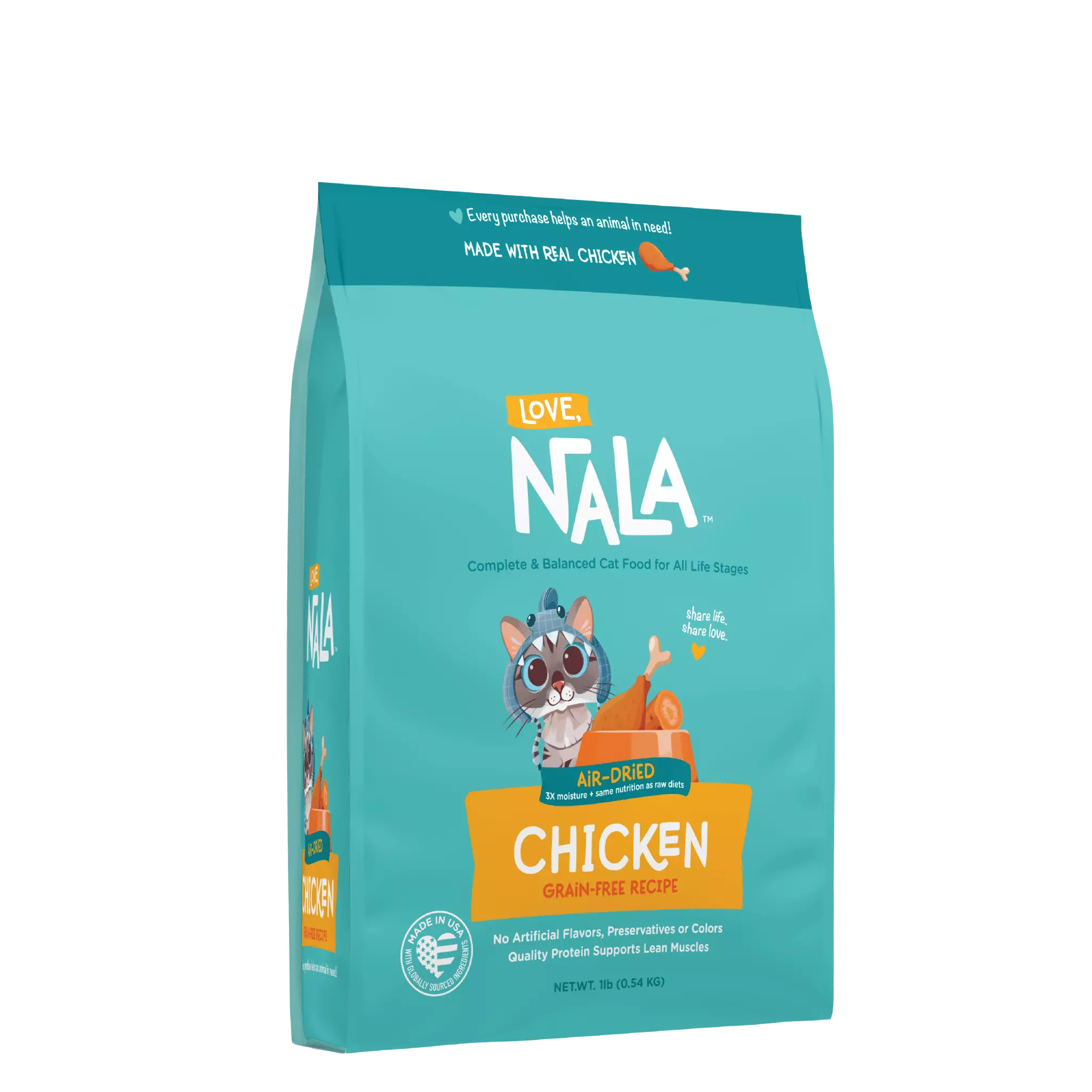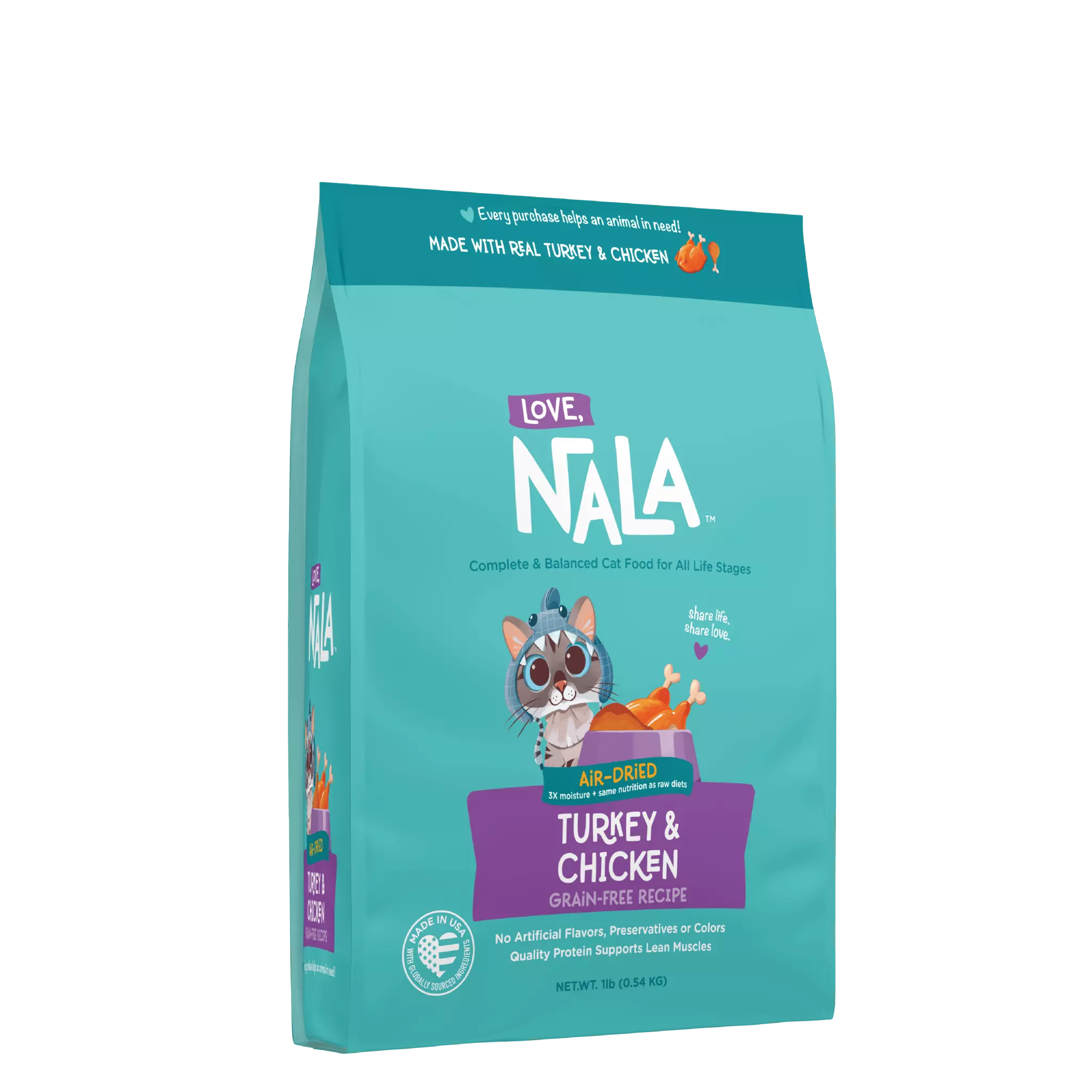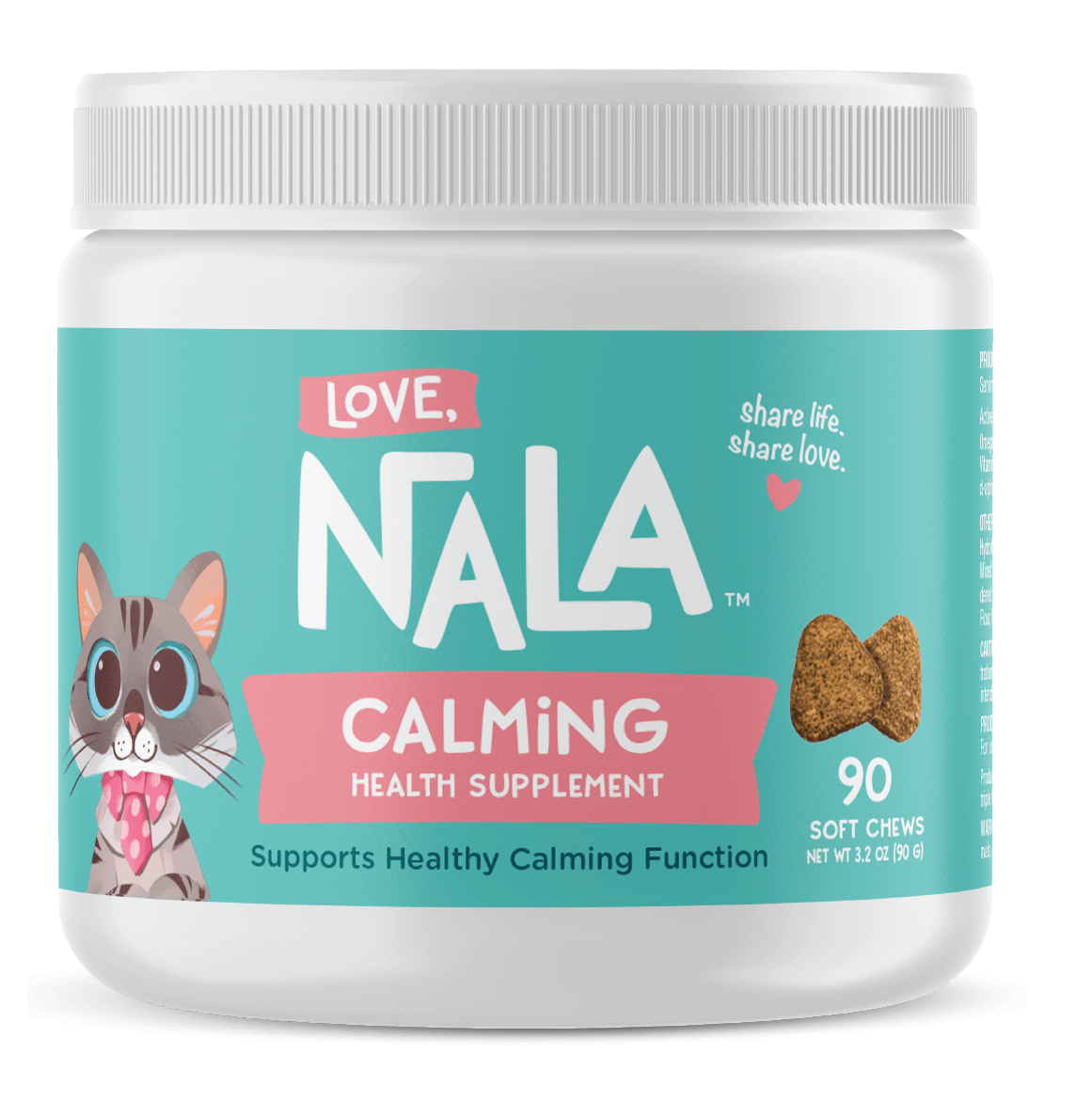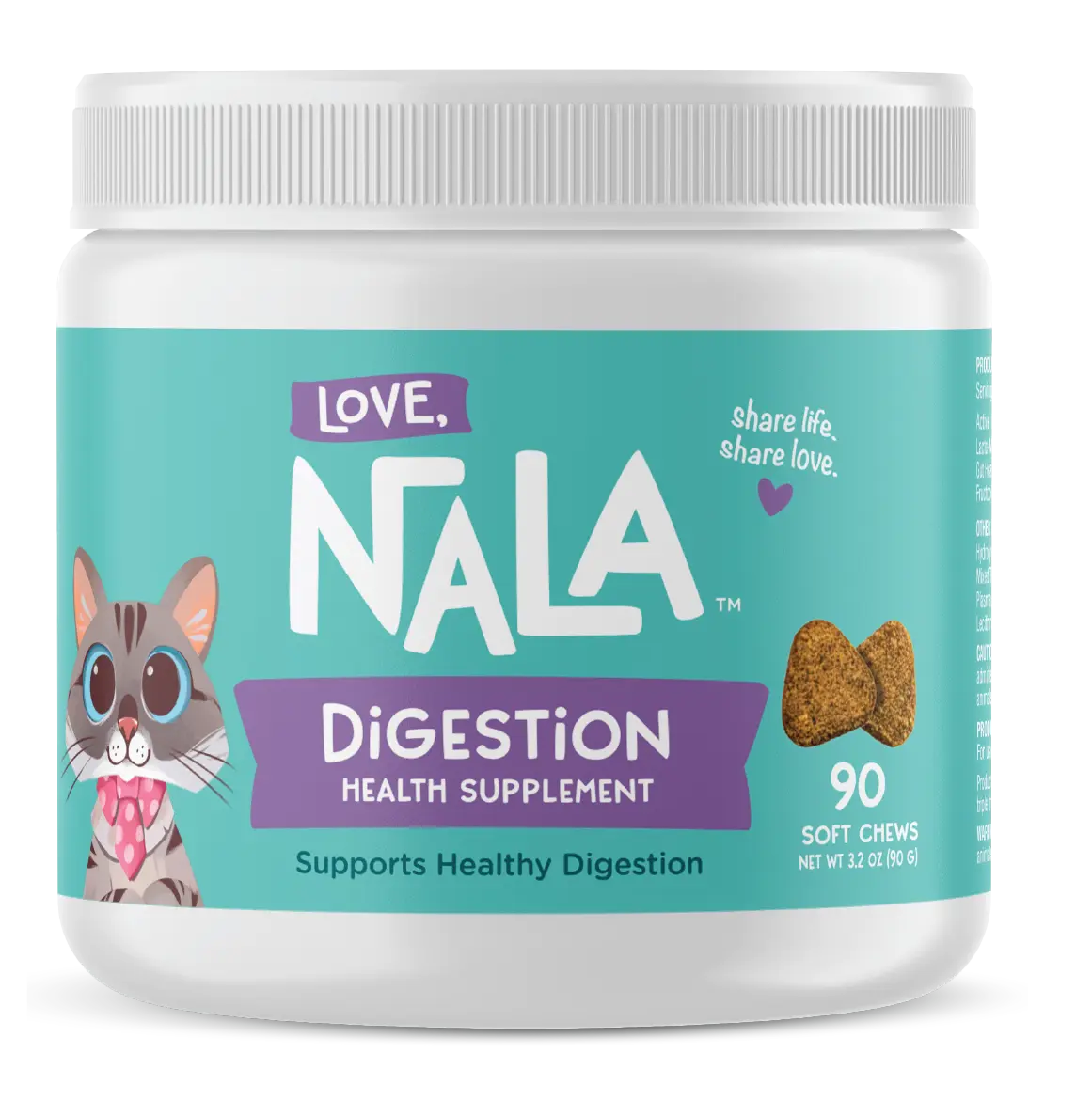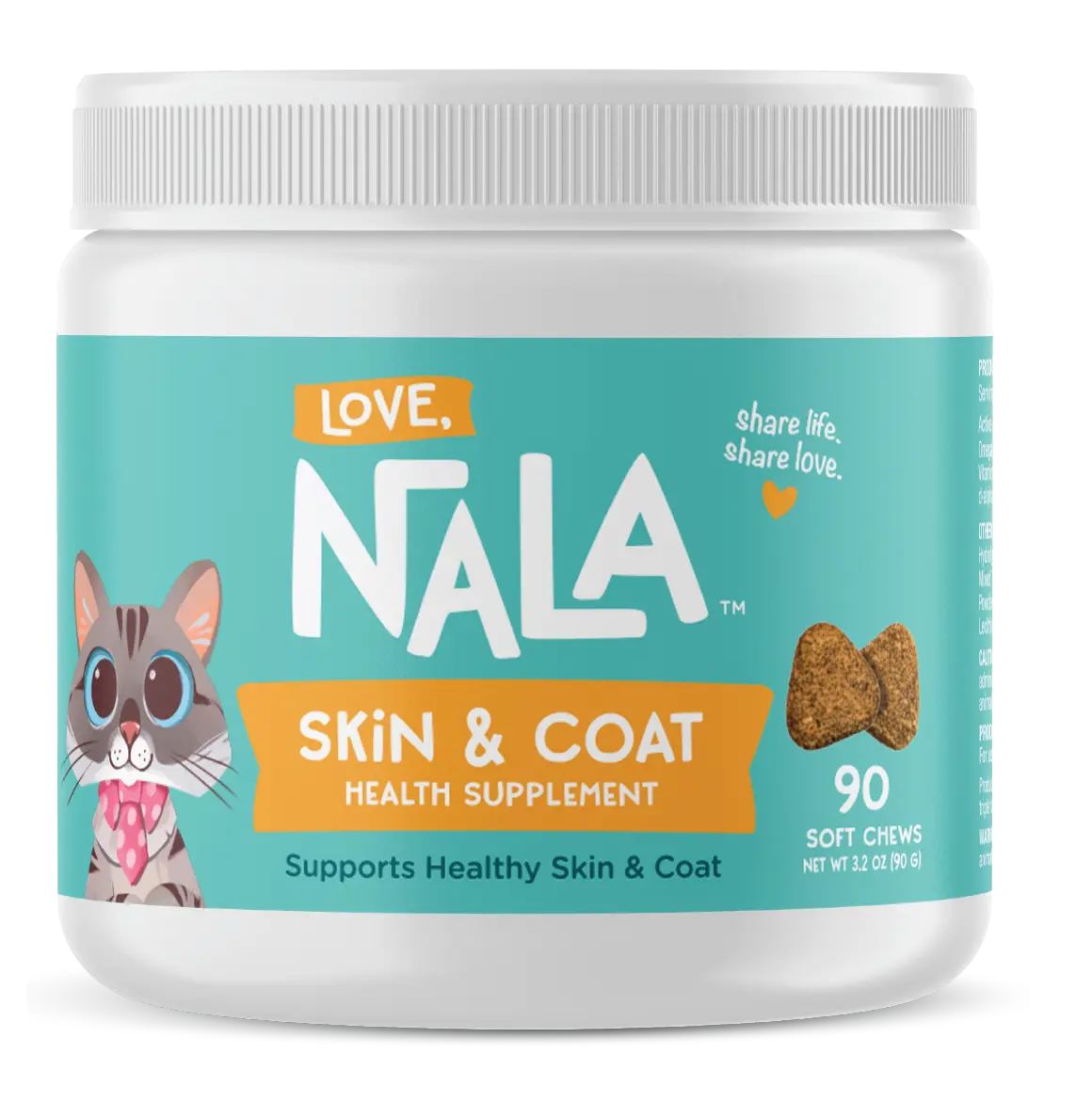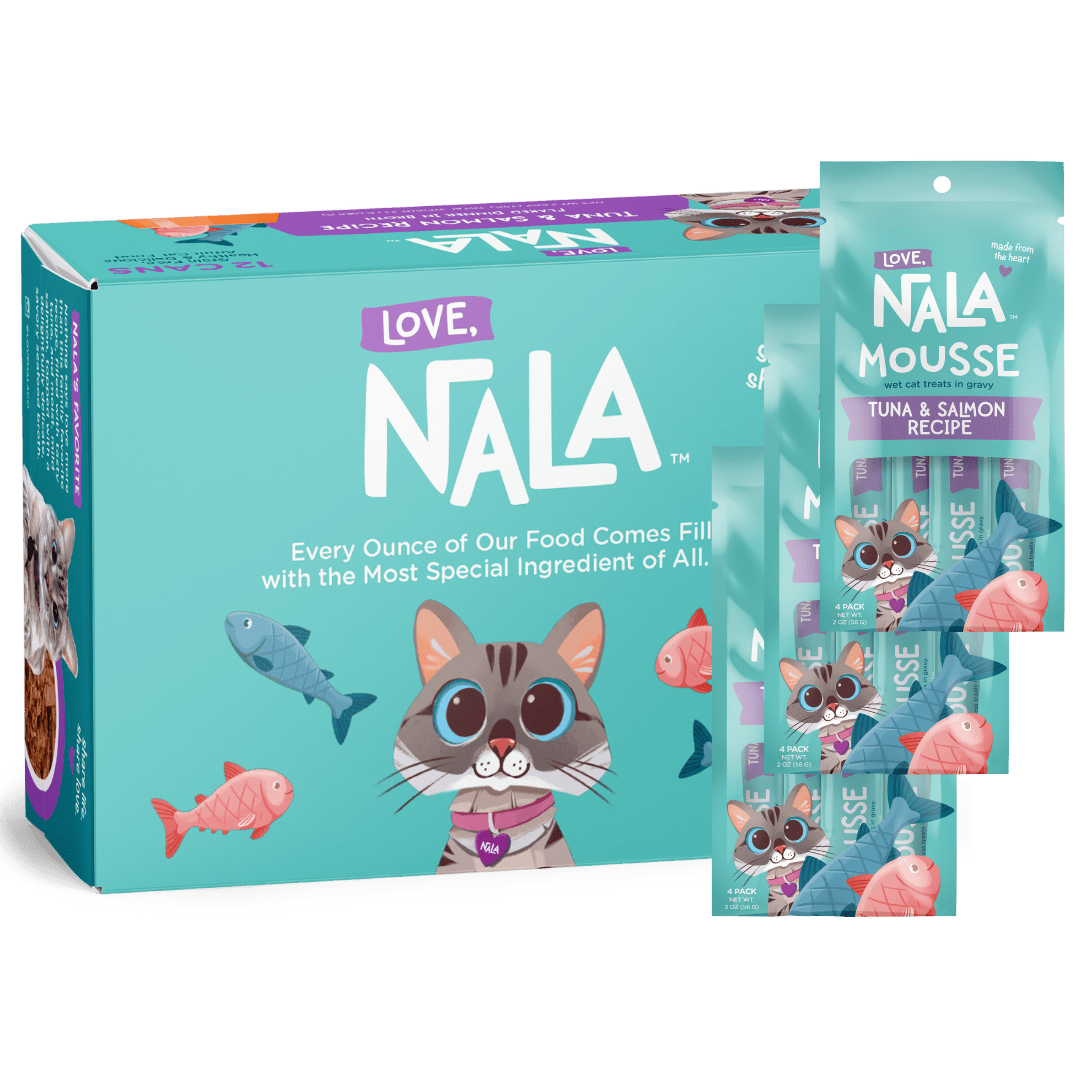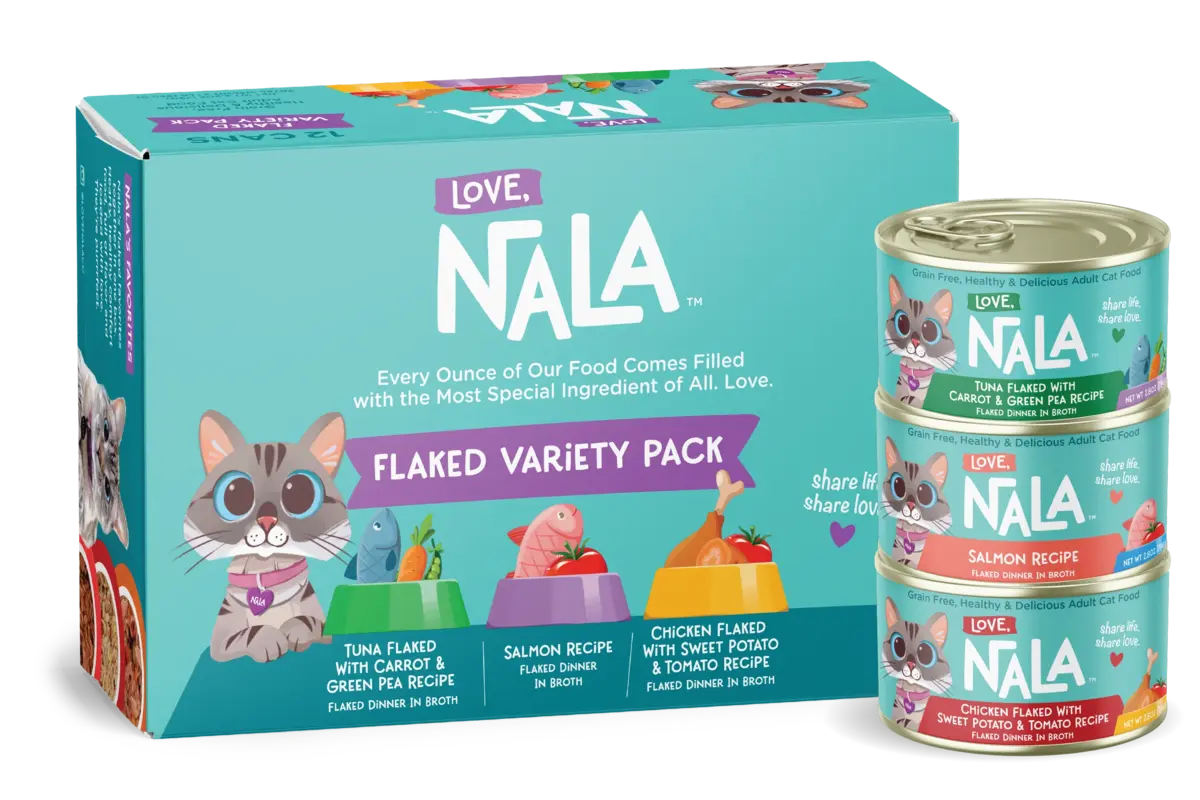When it comes to feeding our feline friends, the quality and type of food we choose are paramount. Air-dried cat food is emerging as a superior choice for pet owners who prioritize both convenience and nutritional value. Unlike traditional kibble or wet food, air-dried food is gently dehydrated at low temperatures. This unique process not only preserves the raw ingredients' natural nutrients but also eliminates harmful pathogens without the need for artificial preservatives. As a result, cats get to enjoy a diet that's closer to their natural predatory instincts, with the added benefits of modern nutritional science.
What is Air-Dried Cat Food?
The Air-Drying Process
The process of air-drying cat food is both an art and a science. It involves slowly removing moisture from the food at low temperatures, typically over several hours. This method is delicate, aiming to minimize the loss of nutritional value while ensuring the food is safe for your cat to eat. Unlike high-heat cooking processes used in making traditional kibble, which can destroy essential nutrients, air drying keeps the food's natural goodness intact. By using this method, the food retains much of its original flavor, aroma, and nutritional content, making it a healthier, more appealing option for cats.
Benefits Over Traditional Cat Food
One of the most significant advantages of air-dried vs traditional cat food is the superior nutrient preservation it offers. Air-dried food maintains more of the natural proteins, vitamins, and minerals that cats need to thrive. It's also free from many of the artificial preservatives and fillers found in conventional cat foods. This means your cat enjoys a diet that's not only closer to what they would eat in the wild but also one that supports their health and well-being.
Key Ingredients in High-Quality Air-Dried Cat Food
When it comes to nourishing our feline friends with the best possible diet, air-dried cat food stands out for its unique preparation method and nutrient preservation qualities. Selecting the best air-dried food for cats starts with understanding the key ingredients that make it superior. A high-quality air-dried cat food should include:
- Vitamins and Minerals: To support a cat's overall health and ensure a balanced diet, vitamins and minerals must be included. These nutrients are crucial for various bodily functions, including supporting the immune system, bone health, and nerve function. Look for air-dried cat foods that derive these nutrients from natural sources or that have them added as supplements to guarantee your cat's dietary needs are fully met.
- Taurine: This essential amino acid is critical for a cat's heart and eye health. Unlike dogs and humans, cats cannot synthesize enough taurine on their own and must obtain it from their diet. High-quality air-dried cat food will include adequate levels of taurine to prevent deficiencies that can lead to serious health issues.
- Probiotics and Prebiotics: A healthy gut is essential for the overall well-being of your cat. Probiotics and prebiotics play a vital role in maintaining digestive health and supporting a balanced gut flora. Air-dried cat foods that include these components can help enhance nutrient absorption, improve digestion, and promote a healthy immune system.
- Fruits and Vegetables: While cats are carnivores, the inclusion of fruits and vegetables in their diet can provide additional vitamins, minerals, and fiber. These natural sources of antioxidants are important for preventing oxidative stress and supporting overall health. The best air-dried cat foods will contain a balanced mix of fruits and vegetables to complement the meat content and contribute to a well-rounded diet.
Choosing the right air-dried cat food is about more than just satisfying your cat's hunger; it's about providing them with a diet that supports their health and vitality. By selecting a product that includes these key ingredients, you can ensure your cat is getting the best nutrition available. Remember, a well-fed cat is a happy, active, and healthy cat, and by paying attention to the quality of the food you provide, you're investing in their well-being for years to come.
Nutritional Advantages of Air-Dried Cat Food
The Role of Protein in Air-Dried Cat Food
Protein plays an instrumental role in air-dried cat food, serving as the foundation of a feline's nutritional requirements. Unlike conventional cooking methods, air-dried cat food utilizes a gentle drying process that preserves the natural nutrients found in premium-quality protein sources. This method ensures that the protein not only maintains its structural integrity but also keeps its nutritional value intact, making it highly beneficial for cats. High protein content is crucial for muscle maintenance, growth, and repair, catering especially to the needs of active cats, as well as those recuperating from illness or injury. The air-drying technique also minimizes the loss of essential amino acids, which are vital for a cat's overall health and wellbeing. By providing a rich source of high-quality protein, air-dried cat food supports a balanced diet, promoting vitality and longevity in felines. This makes air-dried cat food a superior choice for pet owners who prioritize preserving the natural goodness and nutritional benefits of their cat's food.
Fats and Oils: Quality and Preservation
In the realm of air-dried cat food, the role of fats and oils cannot be understated. These components are essential for providing energy, supporting cell growth, and facilitating the absorption of vitamins. They also contribute significantly to the taste and palatability of the food. Below are detailed considerations that should be taken into account when evaluating the fats and oils in air-dried cat food.
- Source: The source of fats and oils in cat food is critical for ensuring the right balance of essential fatty acids. High-quality animal sources, such as fish, chicken, or lamb, are preferred because they naturally contain the optimal ratio of omega-3 to omega-6 fatty acids.
- Preservation Method: The method used to preserve fats and oils is vital to maintain their nutritional value. Air-drying cat food at low temperatures is an effective way to minimize oxidation, which can degrade the quality of fats and lead to the loss of essential fatty acids.
- Integration: The way fats and oils are integrated into cat food affects how consistently a cat receives these essential nutrients. In high-quality air-dried cat food, fats and oils are evenly distributed throughout the product, ensuring that each bite delivers a consistent amount of these crucial nutrients.
- Freshness: The freshness of fats and oils is paramount to their nutritional value. Proper packaging and storage techniques are employed to protect these sensitive components from exposure to air and light, which can accelerate oxidation and spoilage.
The fats and oils in air-dried cat food play a fundamental role in a cat's diet, impacting everything from energy levels to coat quality. As a pet owner, understanding these key considerations helps in selecting the best possible food for your feline companion, ensuring they receive the essential nutrients needed for a long, healthy, and happy life.
Carbohydrates and Fiber Content
Carbohydrates, when included, are sourced from vegetables and fruits, providing not only energy but also essential nutrients and fiber. Fiber plays a pivotal role in digestive health, aiding in the smooth transit of food through the gut and helping to manage hairballs—a common issue among cats. The careful selection and balance of carbohydrates and fiber in air-dried food contribute to the maintenance of optimal blood sugar levels and provide a slow, steady source of energy, which is especially beneficial for maintaining the health and vitality of indoor cats.
Selecting the Best Air-Dried Cat Food
Ingredients to Look For
The top ingredients should always be high-quality animal proteins, such as chicken, beef, lamb, or fish, reflecting a cat's natural dietary preferences. Look for food that lists these proteins as the first ingredients, indicating a high protein content essential for your cat's health. Avoid products with artificial preservatives, colors, or flavors, as these can be harmful to your pet's health.
Understanding Cat Food Labels
Labels provide critical information about the nutritional content of the food. They also list the ingredients in order of weight, giving you insight into the composition of the food. Look for labels that clearly state the use of natural preservatives or the absence of preservatives altogether. Understanding these labels can help you make informed decisions about the quality and suitability of different air-dried cat food products for your pet.
Price vs. Quality: Finding the Balance
While high-quality dry cat food often comes at a higher price point, the investment in your cat's health and nutrition can lead to lower veterinary bills over time. High-quality ingredients are typically more expensive to source, but they provide your cat with a diet that is more natural and nutrient-rich. It's important to balance the cost with the nutritional benefits offered. Sometimes, spending a bit more on superior nutritious cat food can mean better health and fewer digestive issues for your cat.
Feeding Guidelines for Air-Dried Cat Food
Transitioning Your Cat to Air-Dried Food
Introducing your cat to air-dried cat food should be a gradual process to ensure a smooth dietary transition and minimize digestive upset. Start by mixing a small amount of air-dried food with their current food, slowly increasing the proportion of air-dried food over a week or two. This method allows your cat's digestive system to adjust to the new food. Monitor your cat's reaction to the diet change, looking out for any signs of digestive discomfort or refusal to eat, and adjust the transition pace accordingly. It's also important to ensure fresh water is always available, especially since air-dried food has a lower moisture content than wet food.
Determining the Right Portion Sizes
Feeding the correct portion size is crucial for maintaining your cat's optimal weight and health. Portion sizes for healthy cat food can differ from those of traditional wet or dry foods due to their nutrient density. Refer to the feeding guidelines provided on the food packaging, which are often based on the cat's weight and activity level, as a starting point. However, these guidelines are general, and your cat's specific needs may vary. Observe your cat's weight and energy levels, and adjust portions as necessary, or consult with a veterinarian for personalized advice.
Mixing With Other Food Types
Some pet owners choose to mix air-dried cat food with wet food or traditional kibble to provide variety in their cat's diet or to address specific health needs. If you decide to mix food types, it's important to adjust the portion sizes of each to avoid overfeeding. When combining different types of food, ensure that the overall diet remains balanced and meets your cat's nutritional requirements. Introducing variety can also help make meal times more appealing for finicky eaters, but consistency in the nutritional content should always be maintained.
In conclusion, the evolution of cat nutrition towards more natural, nutrient-rich cat food represents a significant step forward in pet care. As pet owners become more informed and discerning, the demand for products that meet these high standards will continue to grow. The future of cat nutrition looks promising, with ongoing innovations and a focus on sustainability and health. By choosing air-dried cat food, pet owners can ensure their beloved cats enjoy a diet that not only tastes great but also provides all the nutrients they need to thrive.
